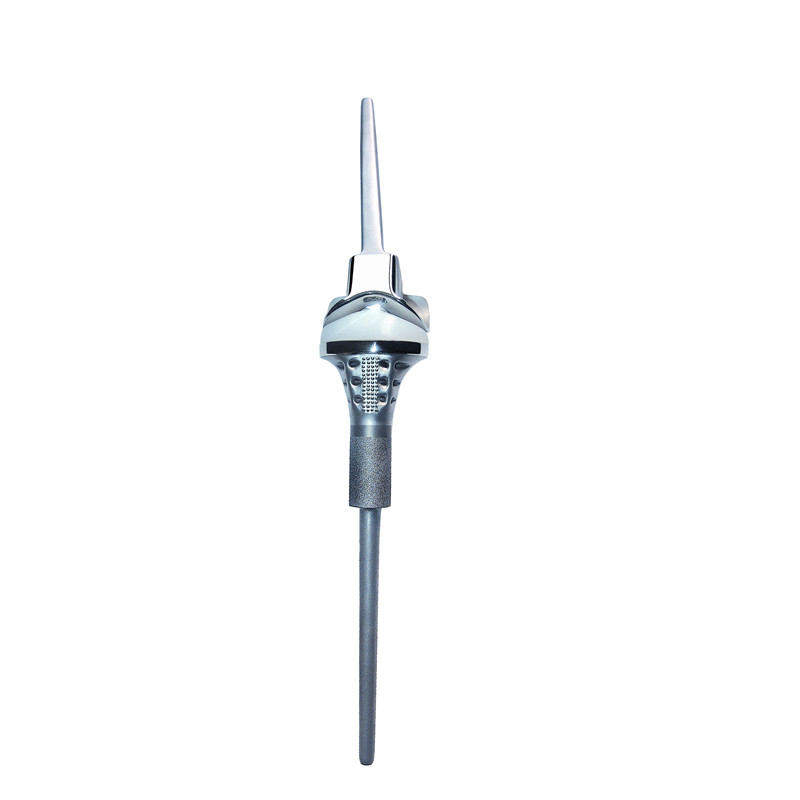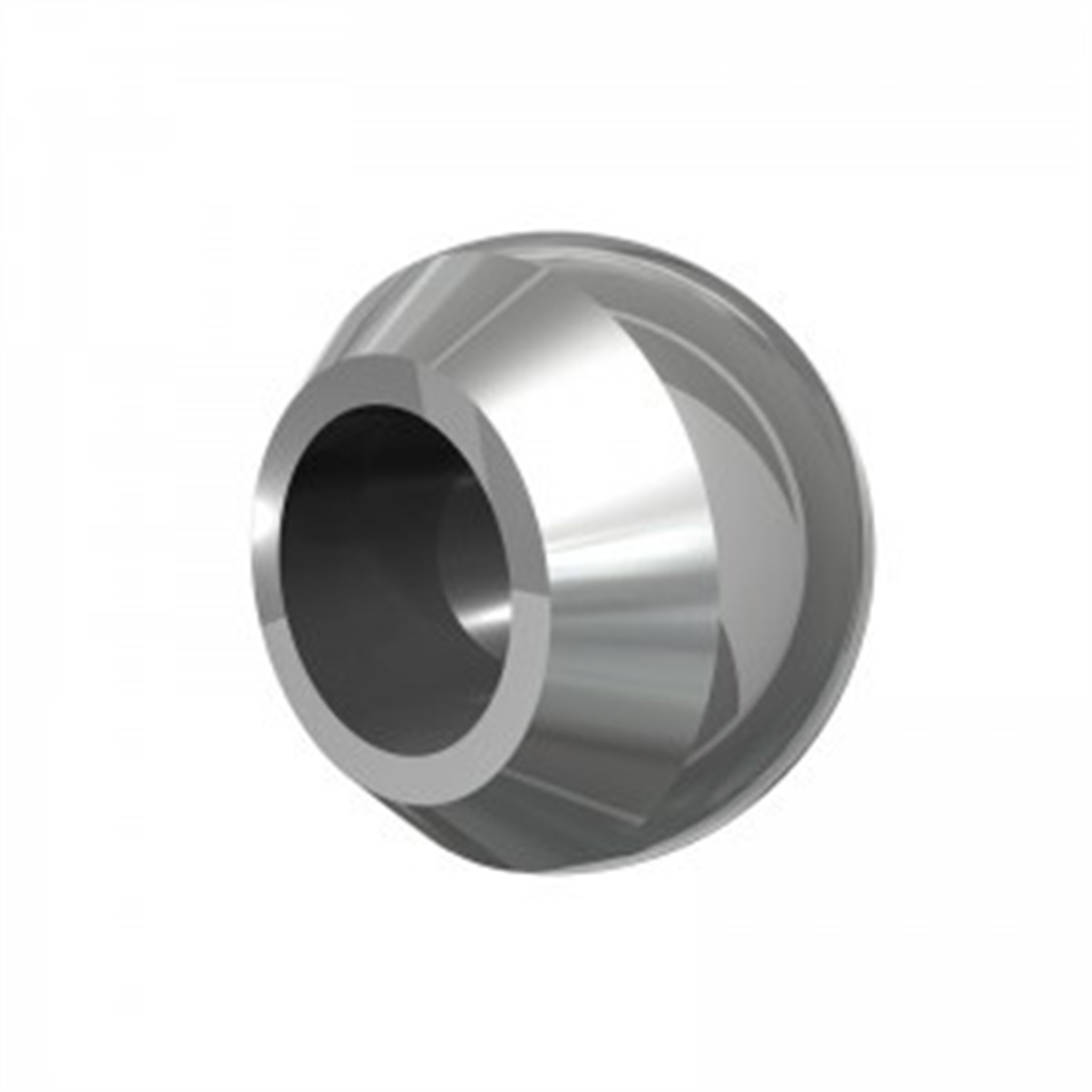Hip replacement surgery (hip arthroplasty) has many benefits including relieving hip pain and restoring hip function. Optimizing these benefits and minimizing the risk for complications (e.g., hip dislocation and infection) requires that you adhere to various lifestyle adjustments, such as avoiding high-impact activities after surgery and taking preventive antibiotics before invasive medical or dental procedures.
Hip replacement involves removing and replacing the worn-out cartilage and bone of the hip joint with artificial parts. In doing so, the surgery delivers its main benefit: alleviation of hip pain, which usually originates from hip osteoarthritis. Knee Cap Replacement Material

A second benefit is that the surgery restores hip function. This means that patients will be able to engage normally in activities of daily life after their operation. Around six weeks after surgery, patients will be also able to participate in low-impact sports/leisure activities, such as golf, hiking, dancing, cycling, doubles tennis, and rowing.
The reality of these benefits, of course, depends significantly on the patient's commitment to their post-operative rehabilitation program.
Patients must also follow-up with their surgeon as instructed. While the precise schedule for this varies among orthopedic surgeons, patients can expect to see their surgeon two to three times in the first couple of months after surgery, one year after surgery, then every five years or so thereafter.
During these follow-up appointments, the surgeon will evaluate for complications and ensure that the new hip joint is maintaining good strength and stability.
While hip replacements are considered safe overall and are typically successful, a second surgery may be required. Called a revision hip replacement, this involves removing some or all parts of the original prosthetic parts and replacing them with new ones.
Due to their age and the fact that they tend to be more active, people who have a hip replacement in their 50s or younger can usually expect to require a revision hip replacement in their lifetime.
Unfortunately, revision surgery is a major undertaking that often has less successful results than an initial hip replacement.
Revision hip surgery may be indicated in the following situations:
It's essential to know that, because hip replacement implants are made of metal and plastic, all of them eventually wear out over time. The good news is that studies show that common types of hip replacements can last more than 20 years.
Modifiable risk factors associated with a greater chance of developing a loose or worn-out implant include:
To both maximize function and minimize complications, life after hip replacement surgery requires some adjustments including:
Undergoing this surgery requires vigorous effort, care, and devotion to ensure a healthy long-term recovery and to maximize the duration of the implant. Even if you do everything right, you may still need revision surgery at some point. This holds especially true for younger patients.
Still, there's no doubt that hip replacement surgery can dramatically improve your quality of life. Go into your procedure with realistic expectations and a clear sense of what you need to do to preserve your implant and reap the rewards of your procedure for years to come.
University of Utah. Hip Replacement Recovery. 2021.
Lovelock TM, Broughton NS. Follow-up after arthroplasty of the hip and knee : are we over-servicing or under-caring?. Bone Joint J. 2018;100-B(1):6-10. doi:10.1302/0301-620X.100B1.BJJ-2017-0779.R1
American Academy of Orthopedic Surgeons. Revision Total Hip Replacement.
American Academy of Orthopedic Surgeons. Revision Total Knee Replacement. Reviewed May 2015.
Sukeik M, Haddad F. Periprosthetic joint infections after total hip replacement: an algorithmic approach. SICOT J. 2019;5:5. doi:10.1051/sicotj/2019004
Lu Y, Xiao H, Xue F. Causes of and treatment options for dislocation following total hip arthroplasty. Exp Ther Med. 2019 Sep; 18(3): 1715–1722. doi:10.3892/etm.2019.7733
American Academy of Orthopedic Surgeons. Dislocation After Total Hip Replacement. Reviewed June 2017.
Pavelka T, Salášek M, Weisová D. [Periprosthetic Femoral Fractures after Total Hip Replacement: Our Results and Treatment Complications] [Article in Czech]. Acta Chir Orthop Traumatol Cech. 2017;84(1):52-58.
Food and Drug Administration. General Information about Hip Implants.
Evans JT, Evans JP, Walker RW, Blom AW, Whitehouse MR, Sayers A. How long does a hip replacement last? A systematic review and meta-analysis of case series and national registry reports with more than 15 years of follow-up. The Lancet. 2019;393(10172):647-654. doi:10.1016/s0140-6736(18)31665-9
Cherian JJ, Jauregui JJ, Banerjee S, Pierce T, Mont MA. What Host Factors Affect Aseptic Loosening After THA and TKA? Clin Orthop Relat Res. 2015 Aug; 473(8): 2700–2709. doi:10.1007/s11999-015-4220-2
Păunescu F, Didilescu A, Antonescu DM. Factors that may influence the functional outcome after primary total hip arthroplasty. Clujul Med. 2013;86(2):121-7.
Sözen T, Özışık L, Başaran NÇ.An overview and management of osteoporosis.Eur J Rheumatol.2017;4(1):46–56.doi:10.5152/eurjrheum.2016.048
Li W, Ayers DC, Lewis CG, et al. Functional Gain and Pain Relief After Total Joint Replacement According to Obesity Status. J Bone Joint Surg Am. 2017 Jul 19;99(14):1183-9. doi:10.2106/JBJS.16.00960
By Jonathan Cluett, MD Jonathan Cluett, MD, is board-certified in orthopedic surgery. He served as assistant team physician to Chivas USA (Major League Soccer) and the United States men's and women's national soccer teams.
Thank you, {{form.email}}, for signing up.
There was an error. Please try again.

Knee Replacement Components By clicking “Accept All Cookies”, you agree to the storing of cookies on your device to enhance site navigation, analyze site usage, and assist in our marketing efforts.